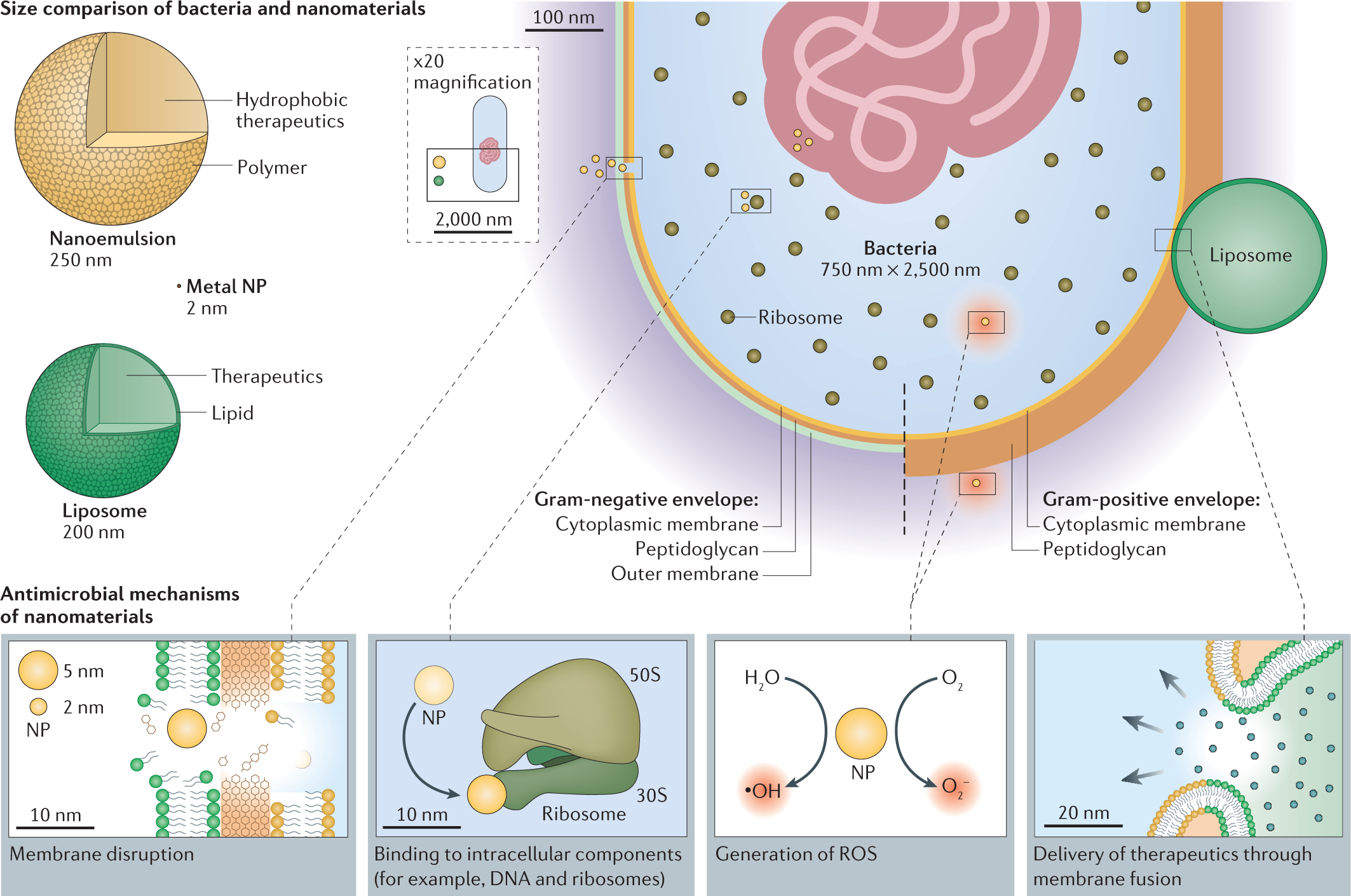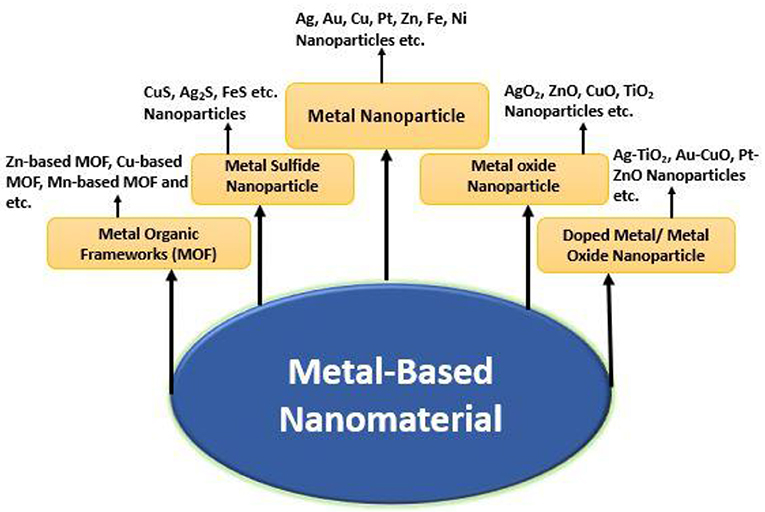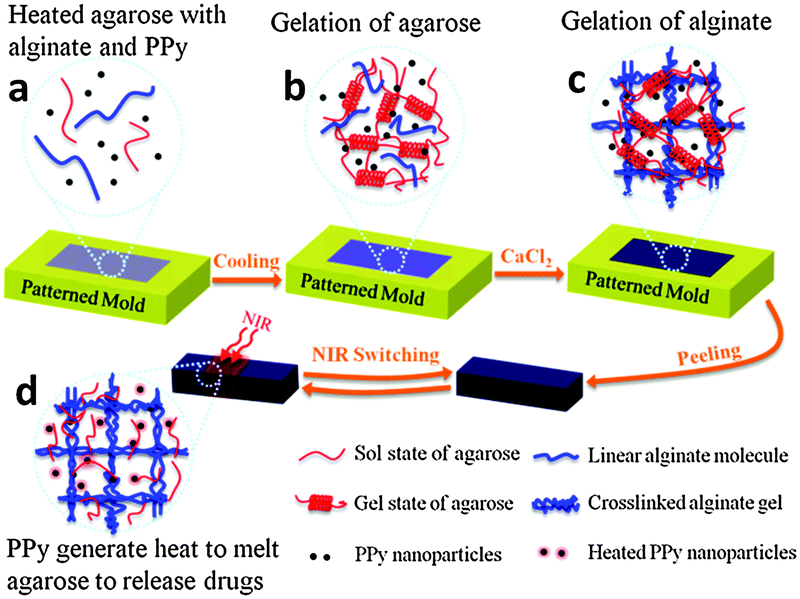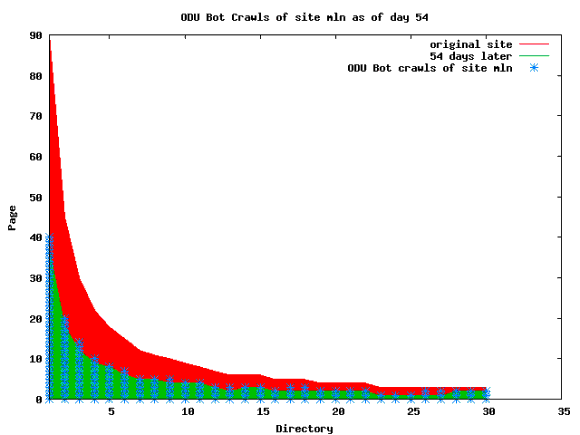Nanomaterials, Free Full-Text
Por um escritor misterioso
Descrição
Prevention of bacterial adhesion is a way to reduce and/or avoid biofilm formation, thus restraining its associated infections. The development of repellent anti-adhesive surfaces, such as superhydrophobic surfaces, can be a strategy to avoid bacterial adhesion. In this study, a polyethylene terephthalate (PET) film was modified by in situ growth of silica nanoparticles (NPs) to create a rough surface. The surface was further modified with fluorinated carbon chains to increase its hydrophobicity. The modified PET surfaces presented a pronounced superhydrophobic character, showing a water contact angle of 156° and a roughness of 104 nm (a considerable increase comparing with the 69° and 4.8 nm obtained for the untreated PET). Scanning Electron Microscopy was used to evaluate the modified surfaces morphology, further confirming its successful modification with nanoparticles. Additionally, a bacterial adhesion assay using an Escherichia coli expressing YadA, an adhesive protein from Yersinia so-called Yersinia adhesin A, was used to assess the anti-adhesive potential of the modified PET. Contrarily to what was expected, adhesion of E. coli YadA was found to increase on the modified PET surfaces, exhibiting a clear preference for the crevices. This study highlights the role of material micro topography as an important attribute when considering bacterial adhesion.

Nanomaterial-based therapeutics for antibiotic-resistant bacterial

Nanotechnology - Wikipedia

Frontiers Recent Advances in Metal Decorated Nanomaterials and
Nanomaterials and Nanostructures: New & Notable Titles 2021-2022

Near-infrared light triggerable deformation-free polysaccharide

Nanoparticle, Definition, Size Range, & Applications

The potential risks of nanomaterials: a review carried out for

Viral enhancement of nanomaterial cancer sensor improves early

Nanomaterials, Free Full-Text

Nanoparticles with antibacterial action could shorten duration of
de
por adulto (o preço varia de acordo com o tamanho do grupo)







